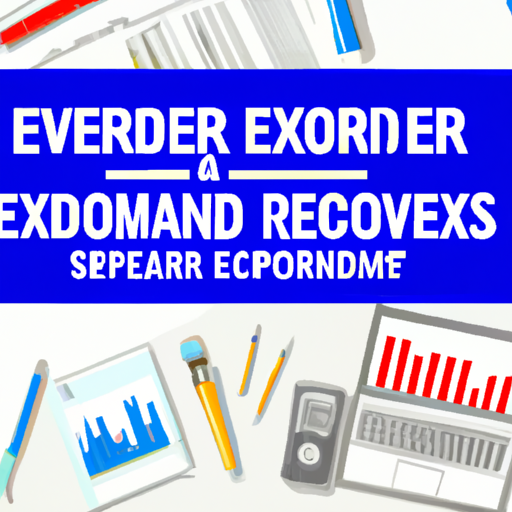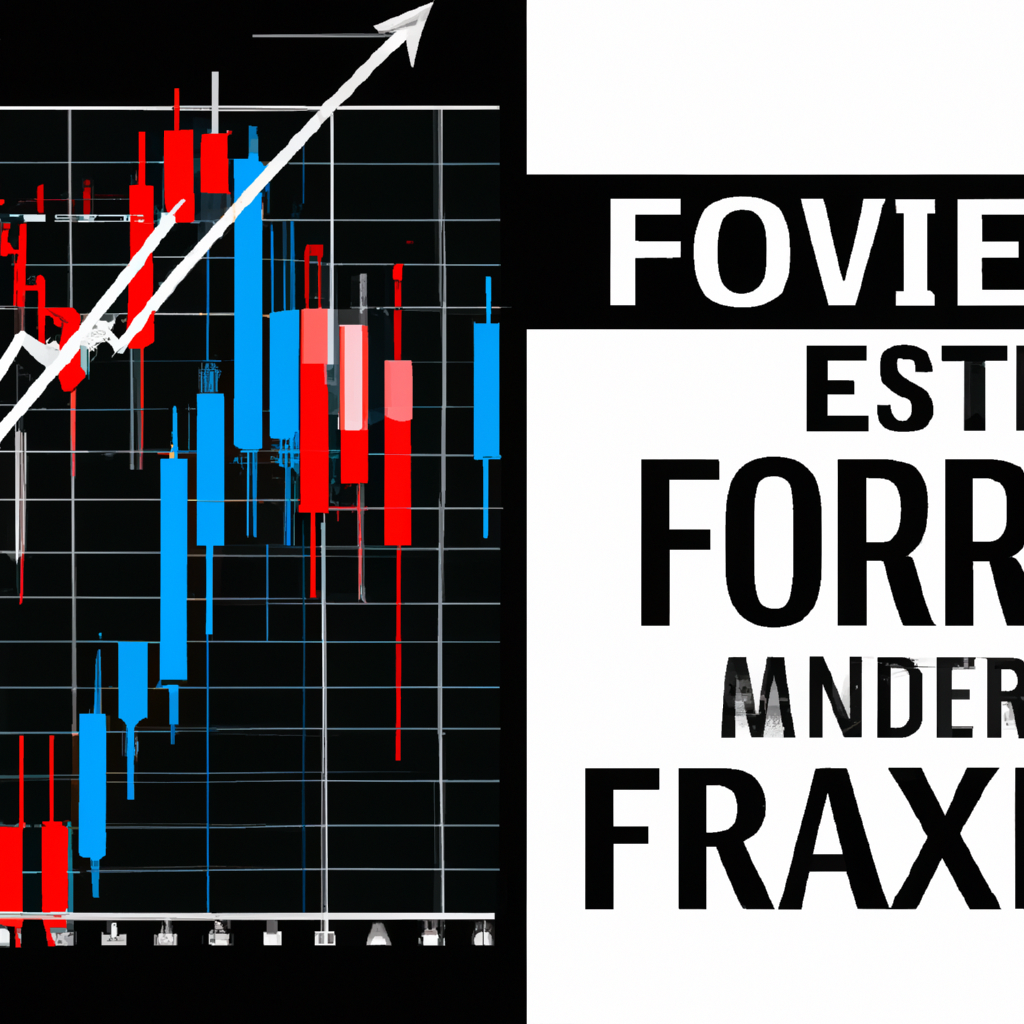Forex Indicators Review: Unlocking the Power of Technical Tools in Trading
In the ever-evolving world of forex trading, understanding the most effective forex indicators can significantly improve your trading performance. This comprehensive review explores key forex indicators, delving into their advantages, limitations, and how they fit into modern trading strategies. We’ll also look at how traders can harness these tools for better market analysis and decision-making.
What Are Forex Indicators?
Forex indicators are technical analysis tools used by traders to interpret market data and predict price movements. By analyzing historical price patterns, volume, and volatility, these indicators help traders make informed decisions. The most popular forex trading indicators include Moving Averages, Relative Strength Index (RSI), Bollinger Bands, MACD (Moving Average Convergence Divergence), and stochastic oscillators.
- Moving Averages: Smooth out price data to identify trends.
- RSI: Measures the speed and change of price movements, indicating overbought or oversold conditions.
- Bollinger Bands: Gauge market volatility and potential reversal points.
- MACD: Reveals trend direction, momentum, and possible entry/exit points.
- Stochastic Oscillator: Compares closing prices to price ranges over a period, highlighting momentum shifts.
Why Use Forex Indicators?
Effective use of forex trading tools is essential for both novice and professional traders. Indicators provide objective data, reduce emotional trading decisions, and help identify optimal trade setups. They also assist in risk management by signaling potential reversals or continuation of trends. In this forex indicators review, we’ll cover how to combine multiple indicators for a robust trading system.
Top 5 Forex Indicators Reviewed
1. Moving Averages (MA)
Moving Averages are foundational forex indicators used to determine the direction of the trend. Simple Moving Average (SMA) and Exponential Moving Average (EMA) are widely used. The EMA reacts faster to price changes, making it popular among day traders. MAs are best utilized in trending markets, helping traders avoid false signals in sideways conditions.
2. Relative Strength Index (RSI)
The RSI is a momentum indicator that oscillates between 0 and 100. Values above 70 suggest an overbought market, while values below 30 indicate oversold conditions. RSI is highly valued in currency trading strategies for spotting trend reversals or confirmations.
3. Bollinger Bands
Bollinger Bands consist of a moving average with upper and lower bands set by standard deviations. They adapt to market volatility, expanding during high volatility and contracting in stable periods. Traders use Bollinger Bands to anticipate price breakouts or reversals.
4. MACD (Moving Average Convergence Divergence)
MACD combines moving averages to assess trend strength and direction. The MACD line crossing above the signal line is typically bullish, while a cross below is bearish. Divergences between MACD and price action can also signal upcoming market shifts.
5. Stochastic Oscillator
This indicator measures momentum by comparing a particular closing price to a range of prices over time. Readings above 80 denote overbought conditions, while readings below 20 indicate oversold. It is often used in conjunction with other forex analysis tools for confirmation.
Combining Forex Indicators for Strategic Trading
No single indicator can guarantee trading success. Combining multiple technical indicators can provide clearer signals and reduce the risk of false positives. For example, a trader might use a Moving Average to identify the trend, the RSI to gauge momentum, and Bollinger Bands to pinpoint entry and exit points.
- Confirm trends with Moving Averages and MACD.
- Use RSI and Stochastic Oscillator for overbought/oversold levels.
- Monitor volatility with Bollinger Bands.
Common Mistakes When Using Forex Indicators
While forex indicators are powerful, misuse can lead to poor results. Here are some frequent mistakes:
- Overloading Charts: Using too many indicators at once creates confusion and conflicting signals.
- Ignoring Market Context: Indicators should always be interpreted within the broader market environment.
- Over-optimization: Relying on backtested settings that may not work in live markets.
Best Practices for Using Forex Indicators
To maximize the benefits of forex indicators, follow these best practices:
- Limit your chart to 2-3 complementary indicators.
- Test strategies on demo accounts before trading live.
- Stay updated with forex market analysis and news events.
- Adjust indicator settings based on current market conditions.
- Integrate risk management techniques with indicator signals.
Conclusion: Are Forex Indicators Worth It?
In summary, this forex indicators review highlights that while indicators are invaluable for technical analysis, they should be used as part of a broader trading plan. Combining multiple indicators, understanding their strengths and weaknesses, and applying disciplined risk management are crucial for consistent success in the forex market.
Whether you are a beginner or an experienced trader, regularly reviewing your indicator toolkit and adapting to market changes will keep your trading strategies effective and resilient.


